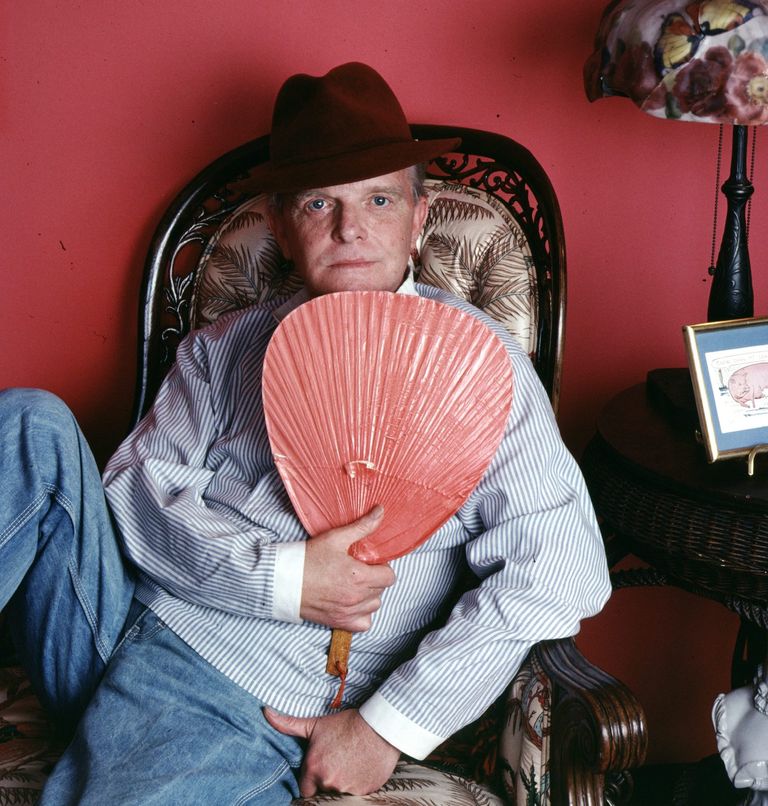History’s Most Iconic Writers Had Some Very Unusual Habits
They say that genius is a short walk to insanity, and maybe “they” are onto something. We’re not saying these legendary writers were crazy, just... a little odd is all! It’s one thing to drink cup after cup of coffee to help with finishing writing your manuscript, but sniffing rotten fruit? Stripping down to your birthday suit and climbing to the tippy-top of a tree? These literary geniuses certainly had their quirks.
1. Truman Capote
The writer behind Breakfast at Tiffany’s and In Cold Blood was known for being eccentric, but as it happens, he was also deeply superstitious. He refused to write on Fridays and made sure there were never more than two cigarette butts in his ashtray at any one time. His list of eccentricities didn't end there, either. As well as a bizarre rule about avoiding pairs of nuns while traveling, Capote also made sure that when dealing with numbers instead of words, things added up just so. He'd tally up the digits in phone numbers, for example, and never place a call if the sum wasn't fortuitous. Quirky foible or impractical compulsion — it seems the writer found solace in these routines, "It’s endless, the things I can’t and won’t. But I derive some curious comfort from obeying these primitive concepts," he once said.
2. Maya Angelou
When this celebrated poet and novelist was up against a deadline, she'd head to a hotel and lock herself in her room with only writing materials, a dictionary and thesaurus, the Bible, and a bottle of sherry to keep her company. She'd even supposedly requested that the hotel strip the room of any furniture and artwork other than the desk! Angelou relies on this stark landscape so much so, in fact, that she still pays monthly to keep a hotel room ready and waiting in her hometown.
3. Agatha Christie
There must have been something about bubbles and soap that got the murder-mystery wheels in Agatha Christie’s brain turning because she claimed to have conjured up the ideas for some of her best work on stories, like And Then There Were None and Murder on the Orient Express, while she was lounging in the tub. In an interview with The New York Times in 1966, she gave even more detail to the bathroom-based process, “Years ago I got my plots in the tub, the old-fashioned, rim kind — just sitting there thinking, undisturbed, and lining the rim with apple cores.”
4. T.S. Eliot
T.S. Eliot held down "real" jobs for most of his life, such as teaching, editing, and even banking, because he felt that writing in his off hours gave him more perspective and improved his poetry. So far, so relatively normal. But that changed after Eliot completed his poem The Waste Land in the early 1920s. According to The Guardian, he took to painting his face with a green-hued face powder. And his newly decorated face didn't go unnoticed by his peers, either. Clive Bell, an art critic and acquaintance, believed that Eliot painted his face so as to seem “interesting and cadaverous.”
